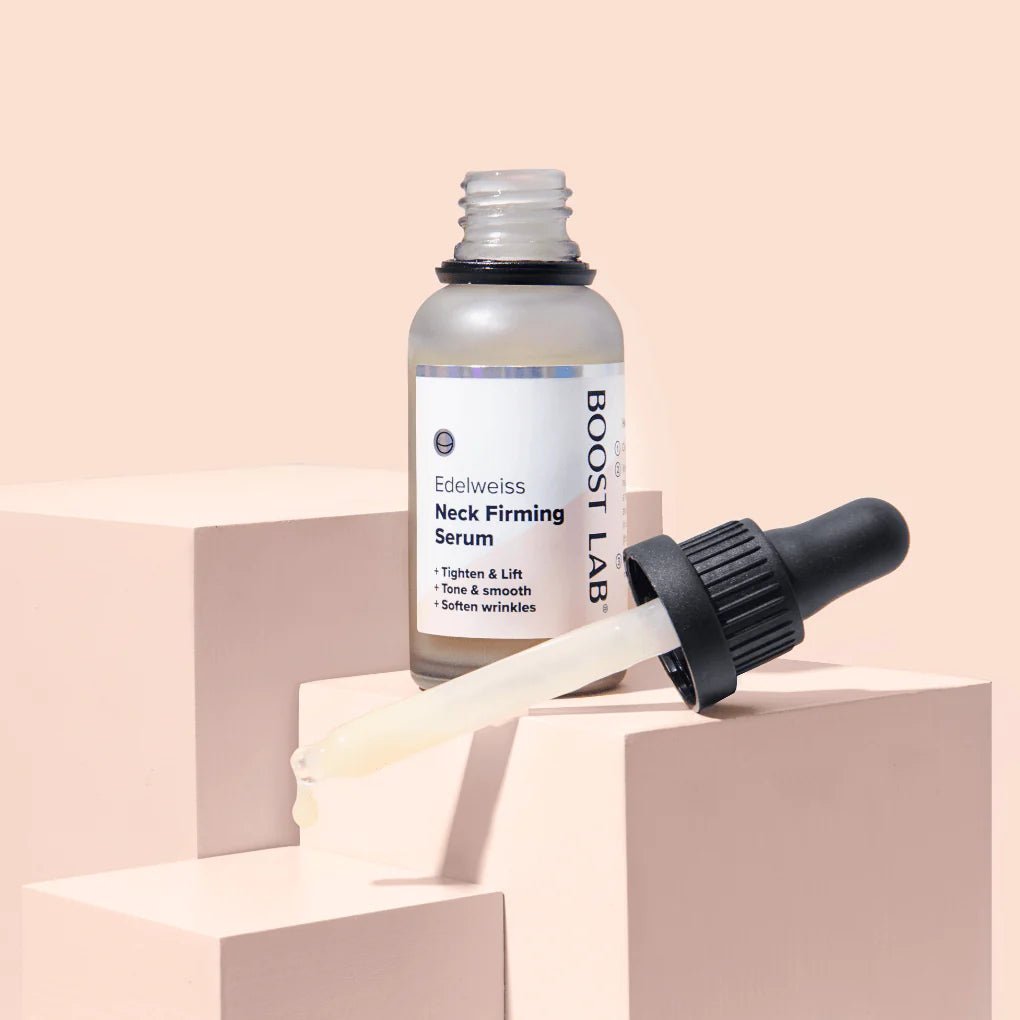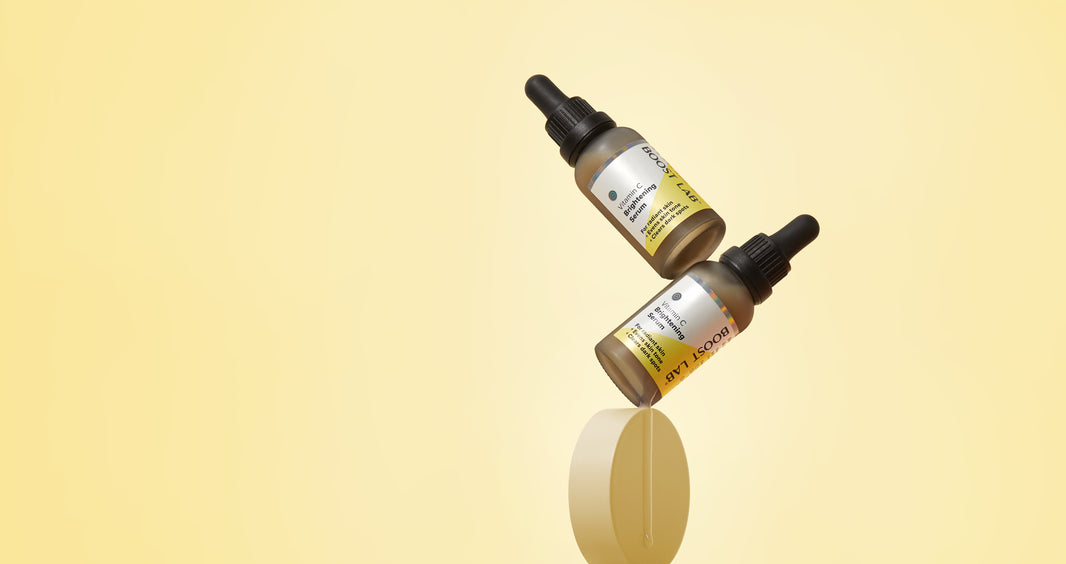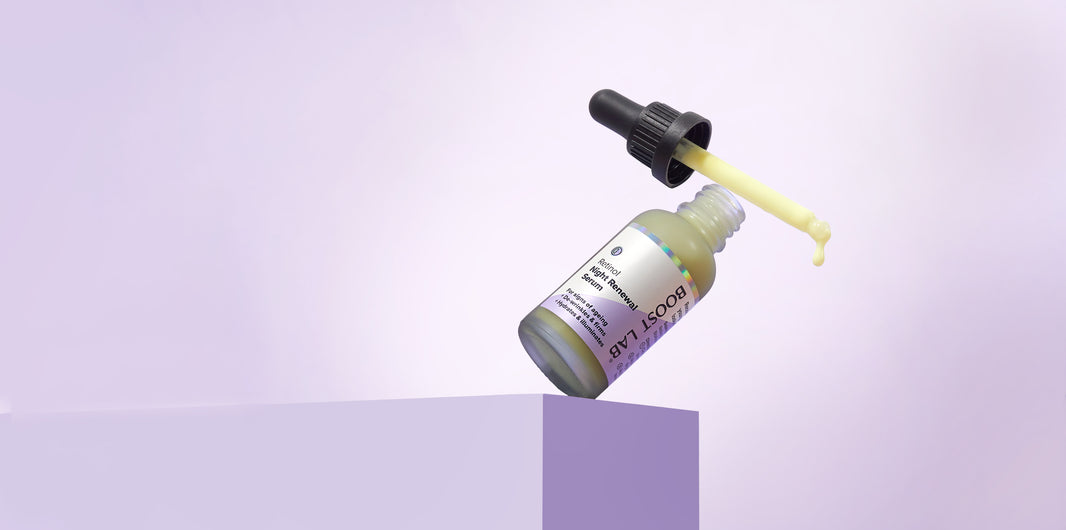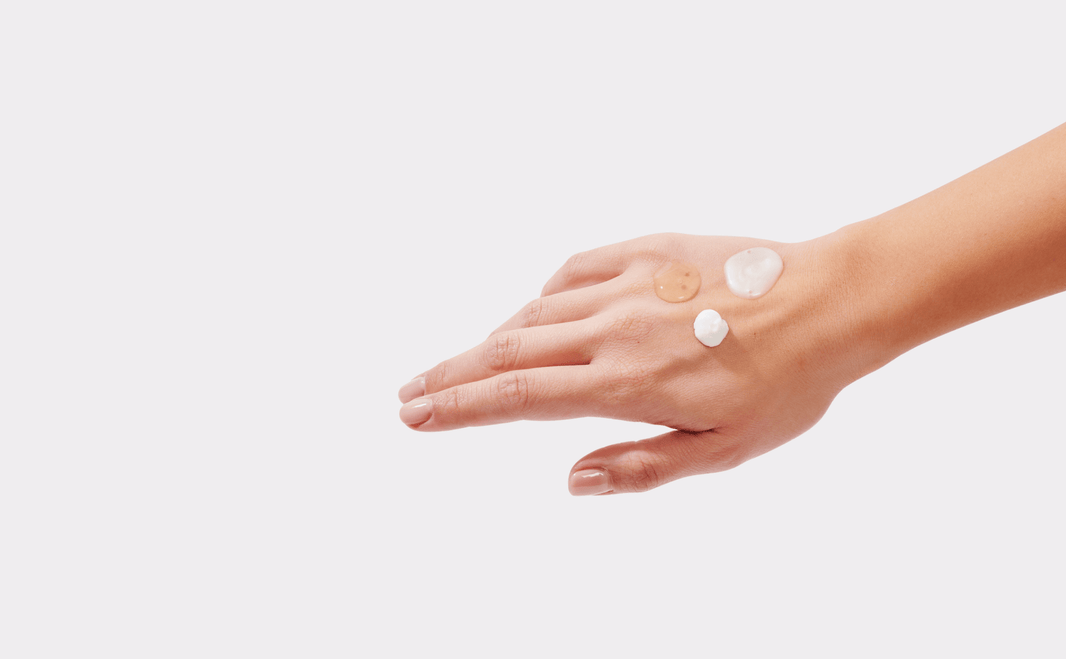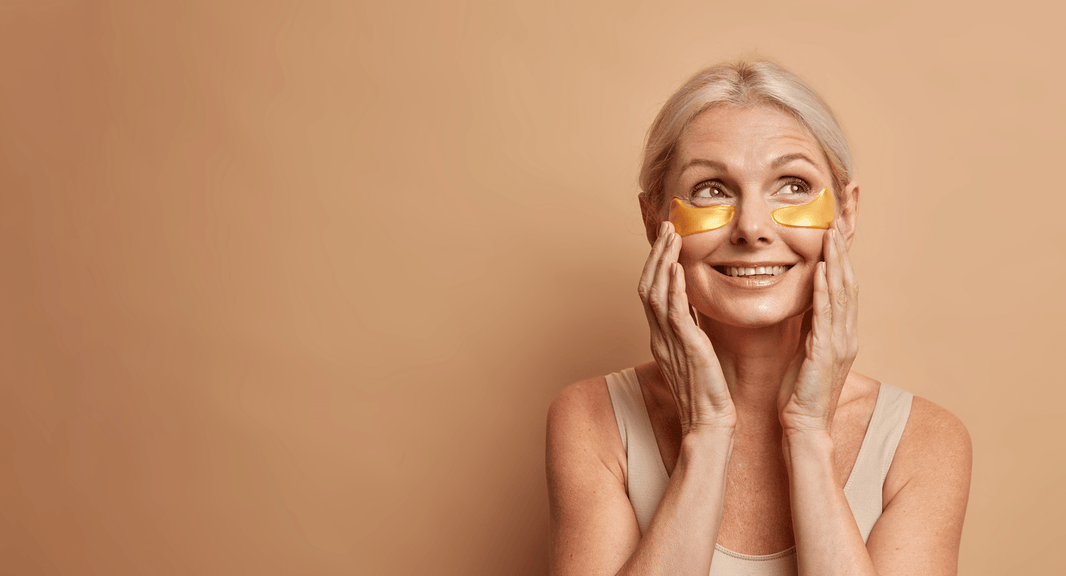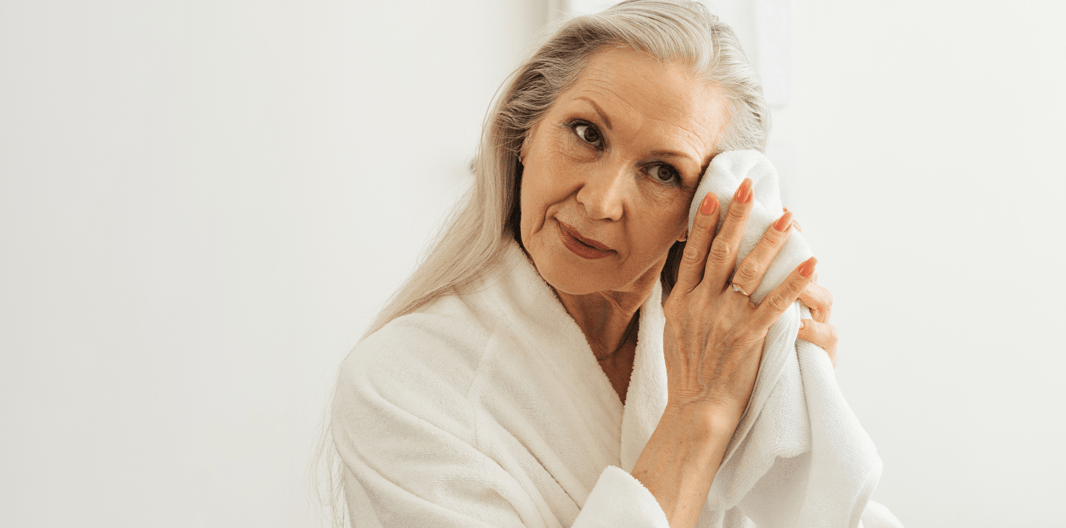Hyaluronic Acid is a clear, gel-like substance naturally produced by our body to retain water for the moisturisation of important tissues. It comes from the molecule HA, which binds to water and locks it into our skin for hydration. The highest volume of HA is found in the skin, with a high concentration around the eyes and joints.
As we get older, we produce less and less of it, and our skin usually needs a little extra love and care to lock in moisture, hence we see hyaluronic acid as a common ingredient in skincare.
The most important feature of Hyaluronic Acid is that the molecules are capable of holding up to 1,000 times their weight in water, meaning it is the ultimate hydrator!
These molecules are able to penetrate the skin cells, providing deep, long-lasting hydration and smoothing the appearance of skin. Plumping and hydrating dull skin can reduce the signs of ageing and restore that much wanted youthful glow!
Although Hyaluronic Acid might be difficult to say (hahy-uh-loo-ron-ik), this powerful skincare ingredient is the easy and proven solution to achieve hydrated, glowing skin. Here’s everything you need to know about Hyaluronic Acid and its amazing benefits.
What is Hyaluronic Acid made from?
Don’t worry when we see Hyaluronic Acid on a label, it’s not coming from our natural production in our eyes and joints! The main source of Hyaluronic Acid in skincare is microbial fermentation, meaning it is extracted from plants. There’s a certain strain of bacteria that produces Hyaluronic Acid, which can be extracted and fermented to match the molecular structure of what our skin produces.
The other less common way is Hyaluronic Acid can be harvested from the comb of a roster (that red thing on the top of their heads!). It’s more expensive than microbial fermentation, however is still very common in Hyaluronic Acid tablets and injections. If the product does not disclose, you can always contact the manufacturer for clarification.
Is Hyaluronic Acid safe for the skin?
Absolutely! It might sound scary because it’s an ‘acid’ but it’s most definitely the good kind! The reason you can be confident in its safety for our skin is that we naturally produce it, it has extremely low toxicity and a low environmental impact.
It shouldn’t cause skin sensitivity on its own (other ingredients in Hyaluronic Acid creams and products will differ), however, you should always do a patch test prior to usual application.
What is Hyaluronic Acid used for?
Hyaluronic Acid has numerous uses. In skincare, it is used as a moisturiser as it is extremely hydrating and can also prevent breakouts and acne by balancing the skin’s moisture production.
You can also find it in wound-healing creams and bandaids, as it naturally comes to the site of a wound to repair skin cells. These additional creams are believed to fast track the healing and repair process.
Hyaluronic Acid is also used to defend against free radicals and provide a protective barrier between the skin and harsh environmental factors that may wear down the skin exterior. It gives the skin an integral boost to protect our organs from external contaminants and pollutants
When applied topically, it is also used to reduce the appearance of fine lines and wrinkles as the additional moisture increases skin firmness and elasticity.
It is a popular anti-aging treatment, as natural Hyaluronic Acid production slows and signs of UV radiation and sun damage become clearer. Hyaluronic Acid is used to smoothen skin topography and reduce dark spots and pigmentation from years in the sun. It also provides a barrier against further sun damage.
Some other uses include cosmetic injectables and oral supplements for those with joint issues.
Why is it important to use Hyaluronic Acid in skincare?

Our skin is constantly exposed to factors like harsh wind or excessive UV damage that can weaken the skin’s protective Barrier.
Ensuring your skin is receiving enough hydration is imperative to retaining healthy, glowing skin that can withstand changes in condition year-round.
Its intense hydration capabilities make it a popular anti-aging ingredient, as the skin loses its elasticity and moisture as we get older. While Hyaluronic Acid is known for its moisture benefits, it is fundamental in skin repair, which helps to smooth and firm the skin epidermis (the layer of skin most visible externally).
Hyaluronic Acid is non-irritating and non-comedogenic (it’s unlikely to trigger acne or clogged pores), so it’s great for all skin types. Who doesn’t want beautiful, glowing skin?
How do I incorporate it into my skincare routine?
Effective, affordable, and dermatologically tested, the BOOST LAB 2D-Hyaluronic Hydro Boost Serum is a gamechanger to your skincare routine.
Our Hydro Boost Serum uses a clinically supported moisturising system made up of 3 actives, Hydrolysed Hyaluronic Acid, Hyaluronic Acid with Chondrus Crispus (red algae extract), and Provitamin B5 (Panthenol) for the most effective penetration.
Compared to products that use high molecular weight hyaluronic acid that only provide a protective film on the first external layer of the skin, our lightweight formula with Hydrolysed Hyaluronic Acid uses a low molecular weight hyaluronic acid molecule that is able to penetrate all layers of the skin’s epidermis.
The award-winning Hydro Boost Serum can be easily incorporated into any skincare routine. Just cleanse your skin as usual, apply a few drops of 2D-Hyaluronic Hydro Boost Serum, and massage into skin with fingertips before your usual moisturiser or makeup. Super easy, super quick, and super hydrating all day long.
Want to know more about what Hyaluronic Acid can do for your skin? Read more about this powerhouse ingredient here or shop our 2D-Hyaluronic Hydro Boost Serum to feel the difference today.




